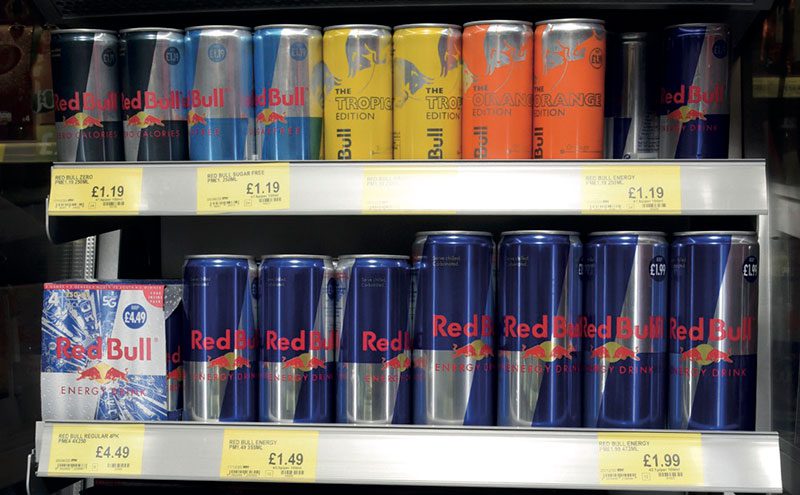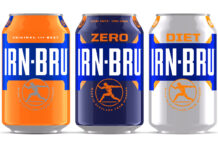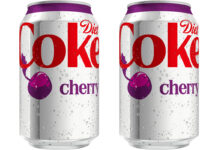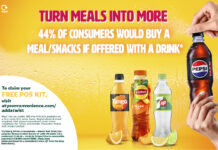The energy drinks sector is still booming for independents, but there is more they can do to boost their sales, argues Red Bull.

AS the best-selling soft drinks sector for independents, energy deserves careful consideration – and knowing what to put on shelf isn’t easy.
With both consumers and legislators driving demand for low-calorie products, Red Bull says it is important to stock sugar-free and diet options to offer choice.
However, while NPD and flavour have been important to the category, it argues they aren’t as critical to growth as some retailers believe.
Category development manager Rich Fisher said: “Within the sports and energy sector, health is in the top three barriers to purchase for the shopper, along with price and taste. Diet SKUs are helping to overcome this barrier and provide consumers with a wider choice.
[box style=”0″]
RED Bull recommends retailers rationalise their range to focus on the key SKUs, providing them with the right amount of space on shelf to drive growth and maximise sales. Within energy, sizes are driving category growth, with core continuing to contribute significantly to share.
- Core represents 42.6% of sales, whilst occupying just 30.7% space on shelf.
- Sizes account for 14.3% of sales, with only 12.8% of space on shelf.
- Flavours account for 21.1% of sales, yet currently receive 35.6% space on shelf.
IRI £SALES FUNCTIONAL RANGE SEGMENTATION (TOTAL OFF PREMISE 52 WKS 18.02.17)
[/box]
“Diet energy has driven the new shoppers to the category, with an increase of more than 650,000 households compared to last year. Additionally reports have found that if there is no diet SKU available over half of shoppers would walk away – 31% would go to a different store, 15% would delay their purchase and 9% would buy nothing, meaning diet options are a must stock.”
Diet, he said, is worth over £100m, which equates to 8.4% of the sports and energy category, increasing by 3.5% from last year.
“Sizes and diet are the key category drivers, with diet driving the greatest value in the sports and energy category and functional segment, growing at £46.5m and £18.7m respectively,” he said. “Sugarfree shoppers are very valuable in store and retailers should be trying to attract them.”
At its first-ever category summit held earlier this year, the company quoted figures from IRI predicting soft drink sales will exceed £8bn by 2020, with 97% of future growth driven by three core sub-categories; energy, water and cola.
Within energy specifically, Core SKUs account for 50% of the market, with diet and sizes driving the growth (60.4% and 14.7% respectively).
And although NPD has an important role in driving excitement into the category, it said a minimal 9.6% of total soft drink products drive 80% of category value sales. This is despite a total of 2088 new launches in the last three years, of which just three remain in the current top 60 SKUs .
Head of category marketing Gavin Lissimore said retailers should focus on core brands and SKUs to really strengthen the category.
He said: “Within energy specifically, core SKUs account for 50% of the market, with diet and sizes driving the growth (60.4% and 14.7% respectively).
“Soft drinks remains a buoyant category with consistent growth and opportunity for future expansion. This is particularly exciting for the energy sector, which in a relatively short period, has expanded from the new kid on the block, to a driving force within total soft drinks.”


















